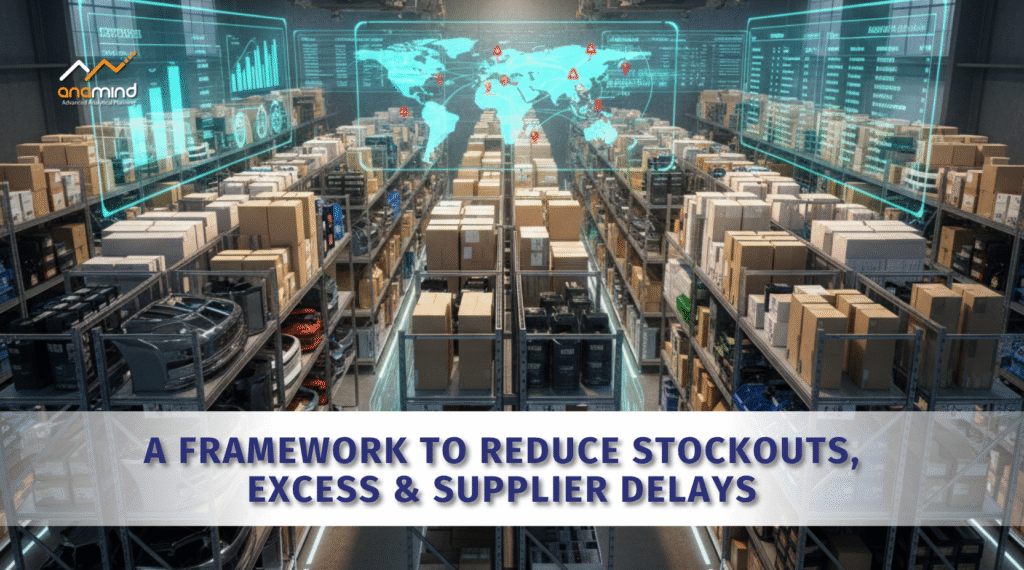Quick Service Restaurants (QSRs) are at a crossroads. With global demand expected to surge from USD 1.05 trillion in 2025 to nearly USD 1.93 trillion by 2032, brands are scaling faster than ever. But beneath this rapid expansion lie pressing challenges—rising input costs, unpredictable demand, supply disruptions, and regulatory hurdles—that can erode profits and customer trust.
As someone who has
spent two decades helping supply chain leaders navigate complexity, I understand that growth without operational resilience is a risky path. Inventory mismanagement, cold chain failures, and inaccurate forecasts are quietly draining margins, while sustainability pressures and evolving consumer expectations demand smarter, data-driven planning.
This isn’t about buzzwords or expensive overhauls. It’s about applying proven supply chain strategies that balance efficiency, compliance, and customer experience. At Anamind, we’ve worked closely with QSR brands globally to turn these challenges into competitive advantages—helping them reduce waste, unlock working capital, and scale sustainably.
In this blog, I’ll share the insights, trends, and practical strategies that are helping QSRs not only survive but thrive in today’s market.
The Real Challenges Facing QSR Supply Chains
QSRs operate in a fast-paced environment where a small error in inventory planning or a delay in replenishment can lead to wasted resources, lost customers, or compliance issues. Here’s what most supply chain teams are grappling with:
1. Perishable Inventory Risks
Fresh produce, dairy, and meats come with short shelf lives. In regions like India, cold chain failures result in up to 20% spoilage, affecting both costs and customer trust.
2. Demand Volatility
Seasonal demand, promotions, or unforeseen disruptions can cause swings in customer orders. Overestimating demand leads to waste, while underestimating it results in stockouts and lost revenue.
3. Regulatory Compliance
From FSSAI in India to global labeling and packaging requirements, traceability is non-negotiable. QSRs need systems that ensure safe, compliant operations without adding complexity.
4. Rising Costs
Inflation in raw materials, labor shortages, and high rent are squeezing margins. Many brands find it hard to invest in technology without clear ROI models.
5. Sustainability Expectations
Consumers are demanding healthier, plant-based options and eco-friendly packaging. Waste reduction and energy optimization are no longer optional—they’re expectations.
How Data-Driven Planning Makes the Difference
With the right planning framework, these challenges can be addressed without reinventing the wheel. Anamind’s approach focuses on delivering real-world, actionable solutions rather than theoretical models.
AI-Powered Demand Forecasting
Using advanced analytics, we help brands forecast demand with remarkable accuracy—improving baseline predictions from 76% to 90% in many cases. This allows QSRs to manage stock levels proactively, reducing both waste and shortages.
Shelf-Life Aware Inventory Management
Our systems factor in product expiry and shelf-life constraints, optimizing distribution to ensure outlets receive supplies that remain fresh and compliant with local standards.
Cold Chain Optimization
For temperature-sensitive products, we integrate real-time tracking and logistics planning to avoid spoilage, cutting down losses and enhancing customer satisfaction.
Compliance Made Simple
Through traceability models that map each product from farm to fork, we ensure regulatory reporting is accurate, efficient, and audit-ready.
Sustainability at the Core
Lean planning doesn’t just save money—it supports environmental goals. Our solutions help reduce food waste by 10 to 50 tons per USD 1 million in stock value, contributing to greener operations.
Real-World Results That Speak for Themselves
In our partnerships with global QSR leaders, we’ve achieved:
✔ Zero expiry losses, even during volatile demand periods
✔ Over 25% reduction in inventory holding costs
✔ 20% optimization in distribution center space
✔ 30%+ increase in sales efficiency
✔ Faster recovery during crises like the COVID-19 pandemic, outperforming industry averages
These results aren’t hypothetical—they’re the outcome of applying technology, data, and best practices to real supply chain problems.
Where the Industry is Headed
The next wave of supply chain transformation will be driven by:
- AI-driven dynamic pricing and forecasting, adjusting in real-time to external factors
- Hybrid kitchen models, blending dine-in, delivery, and pickup services
- Sustainable packaging innovations, reducing plastic and enhancing brand trust
- Local sourcing strategies, reducing lead times and freight costs
- Integrated loyalty systems, offering personalized customer experiences without operational inefficiencies
QSRs that invest in planning today will be the ones that set new standards tomorrow.
Wrapping Up: Planning for Profit, Purpose, and Performance
If you’re in charge of supply chain or operations in the QSR space, the path forward is clear: operational excellence built on data-driven decision-making, strategic forecasting, and sustainable practices. It’s not just about reducing waste—it’s about building a resilient system that supports growth, customer satisfaction, and compliance at every turn.
At Anamind, we’re committed to helping QSR brands turn planning into a strategic advantage. Whether you’re looking to enhance forecasting accuracy, reduce costs, or meet new regulatory standards, we’re here to partner with you.
✅ Take the Next Step
📥 Download the QSR Guide
Gain actionable insights, best practices, and proven strategies tailored to the unique supply chain challenges of QSRs.
👉 Download the Guide Now
📅 Join Our QSR Event in Mumbai
Learn from industry experts, network with peers, and discover how to optimize your supply chain for efficiency and growth.
🗓 26 September 2025 | Ginger Airport, Mumbai
👉 Register for the Event





